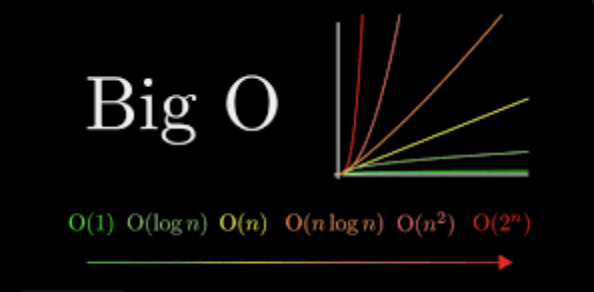Understanding Big O: Analyzing Algorithm Efficiency

Understanding Big O: Analyzing Algorithm Efficiency
Have you ever wondered how we measure the efficiency of algorithms? Enter Big O time, also known as asymptotic runtime. It's a metric used to describe how fast an algorithm runs. Understanding Big O is crucial for developing efficient algorithms and evaluating their speed.
To grasp the concept of Big O, let's consider a relatable analogy. Imagine you have a document on your hard drive that needs to be delivered to someone in another country. How would you choose to send it?
- Option 1: Use an electronic mail or social media chat service.
- Option 2: Send it through cargo or a plane.
- Option 3: Book a flight and personally deliver it.
The electronic service might be your default choice—it's fast, easy, and cheap. However, when using electronic services, the delivery time increases as the file size grows. In contrast, the other options maintain a constant delivery time regardless of file size.
But what if the document is exceptionally large, around 10 terabytes? In that case, the electronic service would take days, weeks, or even months for the file to reach the recipient. Suddenly, the other options become significantly faster and more efficient.
This scenario illustrates the concept of time complexity in Big O. In the above analogy:
- Electronic Service: O(s), where "s" represents the size of the file. This indicates that the time taken increases linearly as the file size increases.
- Airplane Transfer: O(1), regardless of the file size. The time remains constant.
No matter how slow the linear increase or how big the constant, there comes a point where linear time surpasses constant time. In other words, regardless of how long it takes to deliver by plane or how small each file size increase is, there will be a tipping point where electronic delivery will take longer than the airplane option.
Now, Big O encompasses various runtimes, including O(log N), O(N log N), and O(N). There's no fixed list of possible runtimes—it depends on the specific algorithm.
Best Case, Worst Case, and Expected Case
When describing algorithm runtimes, we can consider three different cases. Let's examine these cases in the context of the quicksort algorithm:
function quickSort(arr) {
if (arr.length <= 1) {
return arr
} else {
const pivotIndex = Math.floor(Math.random() * arr.length)
const pivot = arr[pivotIndex]
const lesser = []
const greater = []
for (let i = 0; i < arr.length; i++) {
if (i !== pivotIndex) {
if (arr[i] < pivot) {
lesser.push(arr[i])
} else {
greater.push(arr[i])
}
}
}
return [...quickSort(lesser), pivot, ...quickSort(greater)]
}
}
// Example usage
const array = [9, 5, 2, 7, 1, 8, 3]
const sortedArray = quickSort(array)
console.log(sortedArray)